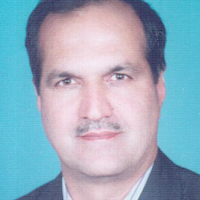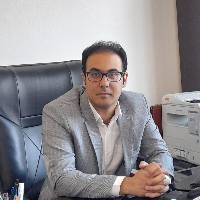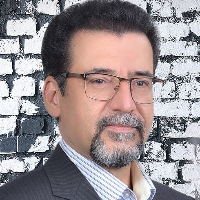The Effect of Regulatory Quality on Iran's Economic Growth: An Augmented Endogenous Growth Model
In recent decades, economists have considered institutions as effective agents in economic growth and included them in growth models. The role of institutional quality in the long-term economic growth of a country is determined through transaction costs. In a weak institutional environment, companies and economic actors cannot enter complex, long-term exchanges and multiple contracts, nor can they bring such exchanges to the fore, as in industrial economies. As a result, economic growth in these economies is lower. The quality of regulation as an institutional factor is one of the main functions of the new governance system. This factor can play an effective and decisive role to explain the reasons for economic growth in countries. Stigler (1971), Peltzman (1976), Koedjik and Kremers (1996), Loayza et al. (2005), Spiller and Tommasi (2005), Crew and Parker (2006) and Silberberger and Königer (2016) have dealt with the effect of regulatory quality on economic growth.
In this study, an endogenous growth model was designed based on Stiglitz (1974) to achieve the desired goals for an economy that is rich in natural resources. In this regard, investigations were conducted on the role of regulatory quality (institutional quality) as one of the factors affecting economic growth and the effectiveness of non-renewable natural resources on regulatory quality and economic growth. As assumed, the economy consists of many people with unlimited life span and identical preferences and unlimited planning horizons. Therefore, the consumer's welfare function reflects the society's welfare function. Also, the utility function of the representative household is a function of private consumption and regulatory quality (as a representative of the quality of the economic, social and political environment), which follows the integral function. The role of regulatory quality on economic growth was emphasized in this model with regard to the effectiveness of research and development (R&D) activities and workforce allocation among the productive and non-productive activities. As a result, it is assumed that every individual is a workforce unit presented in the productive or non-productive sector. The workforce in the productive sector is allocated to the final product, regulatory quality changes (public sector), and new technology (research and development). Hence, non-renewable natural resources as a production factor and institutional quality as one of the factors affecting economic growth are entered into the production function by assuming the effect of a productive workforce on the production of final products. Furthermore, non-renewable natural resources have entered the regulatory quality movement equation as a factor affecting the improvement or deterioration of regulatory quality. This variable has also entered the equation of technological changes by assuming the effectiveness of regulatory quality on workforce supply in productive activities in the research and development sub-sector. The data were related to the period of 1997-2019 and extracted from authentic national and international statistical sources. The theoretical model was designed according to the abundance of non-renewable natural resources, solved by the optimal control method, and then calibrated for Iran's economy.
The findings showed that realizing 8% economic growth requires almost 15% growth in regulatory quality and non-renewable natural resources, as well as 4.5% growth in new technologies. The average growth rates of these variables during the period of 1997-2021 for Iran's economy were 0.87%, 4.56% and 3.9%, respectively. It can be concluded that, in this situation, it is almost impossible to reach a steady state. In addition, with the increase in the quality of regulation, the relationship between non-renewable natural resources and economic growth turns from negative to positive. Accordingly, for every 3% of more exploitation of non-renewable natural resources, the quality of regulation and technology must grow by at least 1% in order to increase economic growth by 1%. Otherwise, the decline in the economic growth is not unlikely.
Conclusions and policy implications:
Reducing the rate of time preferences can help to achieve 8% economic growth, but the fact is that this rate is high and sticky in developing countries. Policymakers have no choice but to increase the quality of regulation and new technologies. Otherwise, the targeted economic growth will not be achieved.
- حق عضویت دریافتی صرف حمایت از نشریات عضو و نگهداری، تکمیل و توسعه مگیران میشود.
- پرداخت حق اشتراک و دانلود مقالات اجازه بازنشر آن در سایر رسانههای چاپی و دیجیتال را به کاربر نمیدهد.




